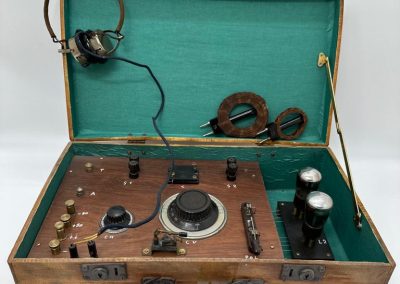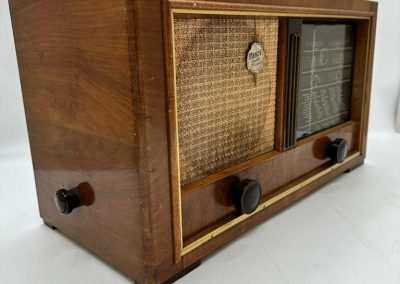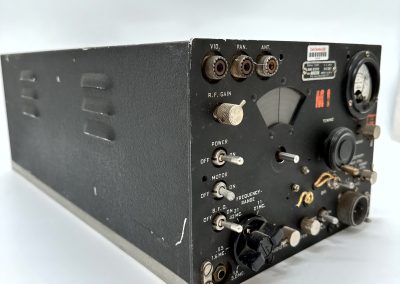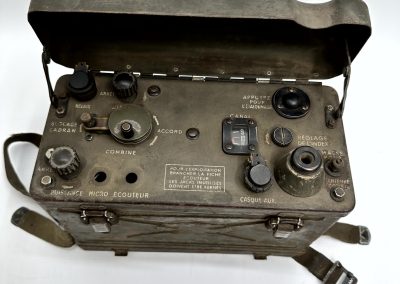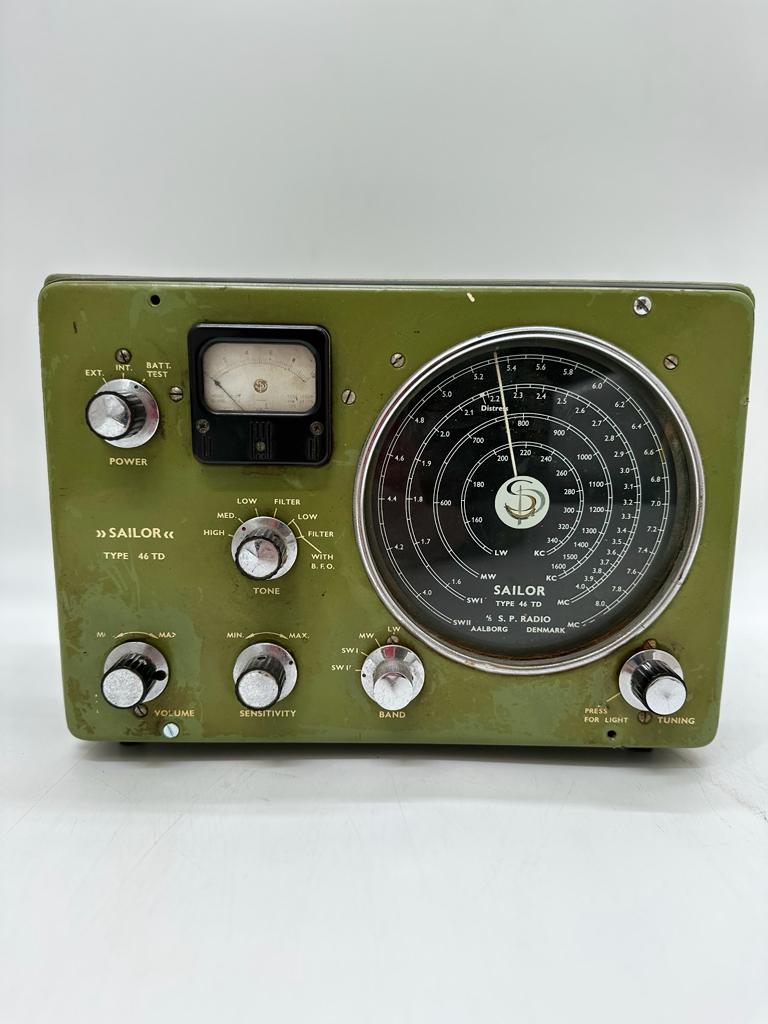
WELCOME TO THE HISTORY OF THE RADIO –
A FASCINATING COLLECTION OF VINTAGE RADIOS
Our business has been built over the last 55 years. What began as a passion project, has developed into an unrivalled historical collection of more than 1000 vintage radios and receivers. Our oldest pieces date back to when the technology was first invented, in the early part of the 20th century.
As an enthusiast since age 14, our founder – Nick, has travelled around the world to grow the collection. As a result, we have acquired vintage radios from the USA, Brazil, Canada, Germany, Holland, France, Belgium, Japan, Poland, and Austria – to name a few.
Our unique vintage radio collection is available for rental – ideal for film, TV and photo shoots, or prop hire for parties, exhibitions and events.
We also have an extensive archive of copies and originals of historically significant documents. These cover the evolution of radio and the vital role it played during World War II advances, as well as documents relating to landmark technological innovations.
A SNAPSHOT HISTORY OF THE RADIO
The history of radio can be traced back to the discovery of electromagnetic waves in the late 19th century. The discovery of these waves sparked a revolution in communication technology, and led to the creation of new and innovative ways to send messages over long distances.
The first experiments in radio communication took place in the late 1800s, when Italian physicist and inventor Guglielmo Marconi developed a system for transmitting telegraph messages wirelessly. Marconi’s work paved the way for the development of commercial radio communication, and in 1901 he sent the first transatlantic radio signal.
Radio quickly gained popularity as a means of communication, and by the early 20th century, it was being used for a variety of purposes, including ship-to-ship communication, military communication, and weather reporting. In 1920, the first commercial radio station, KDKA, went on the air in Pittsburgh, Pennsylvania, and soon thereafter, other radio stations began to spring up across the country.
The 1920s and 1930s were a time of great growth for radio, as the medium became increasingly popular for both entertainment and news. During this period, the first national radio networks were established, and radio dramas, comedies, and musical programs became popular. Radio also played an important role in the spread of information during World War II, as it was used to broadcast news and propaganda.
After the war, the popularity of radio continued to grow, and new innovations in the field, such as FM radio and the development of portable radios, made the medium even more accessible to the public. In the 1950s and 1960s, television emerged as a major competitor to radio, and many radio stations shifted their focus to music and other forms of entertainment.
However, radio continued to evolve and adapt, and in the 1970s and 1980s, it became a major source of information.
Get in touch...
We are always looking to add to our collection, so please contact us if you have any unique vintage radios or receivers you are looking to sell.
If you’re organising an event and would like to hire any of our artefacts as props, we can also arrange for our founder to attend. He’d be delighted to share his expertise about the history of the radio and talk your guests through our fascinating historical collection.

